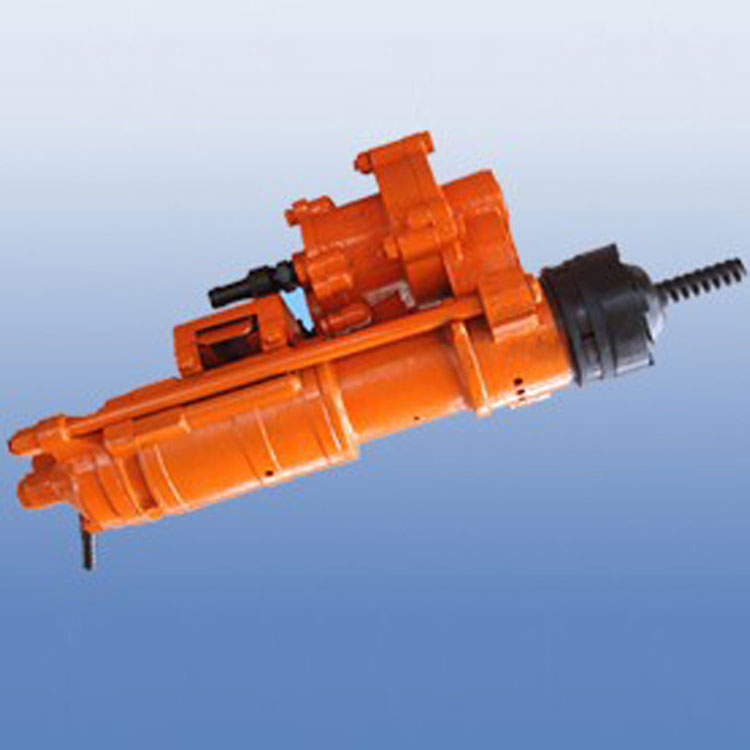

What Is The Classification And Working Principle Of Gasoline Rock Drill?
A rock drill is a tool used to directly mine stone. It drills blastholes in rock formations so that explosives can be put in to blast the rock, so as to complete the mining of stone or other stonework. In addition, the rock drill can be converted into a breaker to break up hard layers such as concrete. Rock drills can be divided into four categories according to their power sources: pneumatic rock drills, internal combustion rock drills, electric rock drills and hydraulic rock drills.
The Gasoline Rock Drill works according to the principle of impact crushing. When working, the piston performs high-frequency reciprocating motion, constantly impacting the shank. Under the action of the impact force, the sharp wedge-shaped drill bit crushes the rock and digs it to a certain depth, forming a dent. After the piston retreats, the drill bit turns a certain angle, the piston moves forward, and when it hits the drill bit again, a new dent is formed. The fan-shaped rock block between the two dents is sheared by the horizontal component force generated on the drill bit. The piston continuously impacts the shank, and continuously inputs compressed air or pressurized water from the center hole of the shank to discharge the rock slag out of the hole, that is, a circular hole with a certain depth is formed.

© Shandong China Coal Group. © 2016
Address:No. 11, North of Kaiyuan Road, High-tech Zone, Jining City, Shandong Province, China
Executive Editor: Linda Zhang